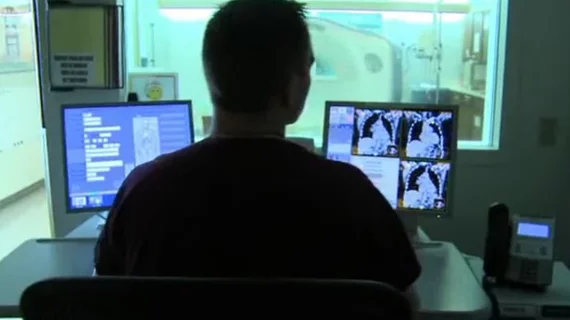Radiologists want function more than features in a PACS
Picture archiving and communication systems (PACS) have become central to modern medicine, but these systems often lack the functionality radiology departments desire.
Molly E. Roseland, MD, with Michigan Medicine’s department of radiology in Ann Arbor and colleagues found departments prefer a stable and interoperable interface to “niche add-ons,” according to a Sept. 13 study published in the Journal of the American College of Radiology.
“Although one might assume this preference is obvious, the responses are interesting because they imply that basic functions are not taken for granted,” Roseland and colleagues wrote.
The researchers convened three work groups from a single quaternary academic medical center who agreed to 18 priority elements required in a PACS replacement project. Those elements were broken down into clinical/quality, research and education.
An online survey requested all department residents, fellows and faculty to score each of the 18 items using a five-point Likert-type scale, with 1 being “unneeded, and 5 “essential.”
Overall, respondents desired a functioning and reliable PACS that minimized non-value-added work, Roseland et al. wrote. The survey achieved a 37 percent response rate.
Results revealed aggregate ratings were highest for “stable system with predictable behavior” (mean score of 4.51). That was followed by “minimizes repetitive non-value-added work” (mean of 4.4), “interoperability” (mean 4.12), and “near-instantaneous load times” (mean 4.07).
The lowest aggregate scores were for mobile device compatibility (mean of 3.03), connectivity to non-affiliated sites (mean 3.01) and integrated instant messaging (mean of 2.87).
“Given a choice of numerous modern PACS capabilities, radiologists in our study were shown to value systems that offer consistency, usability, and interoperability, all features that enable the sort of efficient practice and quality patient care that promoted the original mainstream adoption of PACS,” the authors wrote.
Going forward, Roseland et al. wrote PACS vendors and hospital administrators should focus on the basic needs of radiologists, and continue to research what departments need to improve healthcare IT.
“Ultimately, no matter the methodology, studies in this realm continue to emphasize the need for continual improvement of health IT and interoperability to best support the needs of its various users,” the group concluded.

